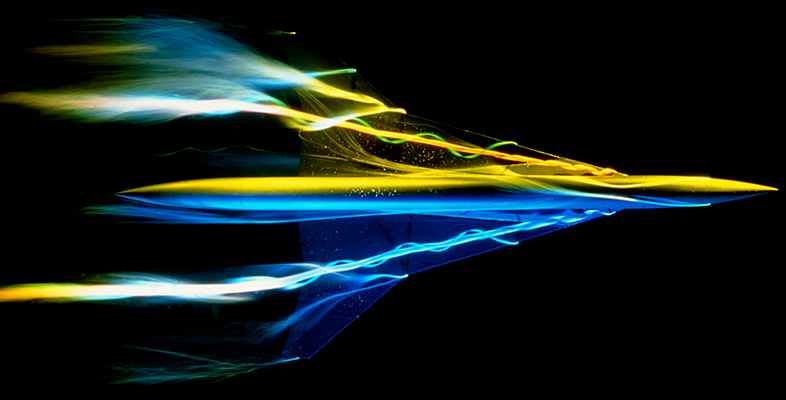2.1 Wave motions in water
The word ‘sea’ is also sometimes used to describe waves and currents whipped up by local winds – as in ‘a sea was running’. The surfaces of oceans and seas are rarely still, owing to their interactions with the atmosphere and the interchanges of energy from air movements or wind. As is well known, when a wind blows over a stretch of water, waves are formed. The area of water over which wind is blowing is called a fetch. In such a situation, it only takes a small random variation in the air pressure normal to the surface to create a disturbance on the surface of the water.
Small waves of only a few millimetres in height and separation (wavelength) may develop. These are called ripples. If the wind persists over the fetch of water, the ripples become larger, turning into waves. The wind transfers some of its kinetic energy to the waves, so the pressure differences in the air increase, feeding more wave growth. If the wind dies down, ripples are restored to a flat surface by the surface tension of the water, but gravity continues to feed the waves.
If the wind continues, a series of waves is set up which can actually travel faster than the wind speed itself. The waves will have a repeating motion with a frequency and wavelength. Water and air are not too good at damping large vibrations, so whilst the smaller shorter-wave energy is soon dissipated, waves with longer wavelengths can and do travel many thousands of kilometres. In this situation, the waves are known as a swell. Swells are often created by strong winds and storms many thousands of kilometres away.
It is important to note that the water is not moving along with the wave, apart from the relatively slow tidal movements or any underlying currents. An individual particle of water more or less stays where it is as a wave passes. The particle will move up and down in a roughly circular path as each wave passes through. This effect can be seen by holding the end of a long rope and flicking back and forth. A half-loop or wave will travel along the rope, but each bit of the rope stays in position in terms of its distance from the end. On the other hand, a tsunami (often called a tidal wave) really is a physical displacement of water caused by a single event like an earthquake; out at sea it might travel as if it were a normal but high-speed wave, but this time the body of water really is moving along with it.
